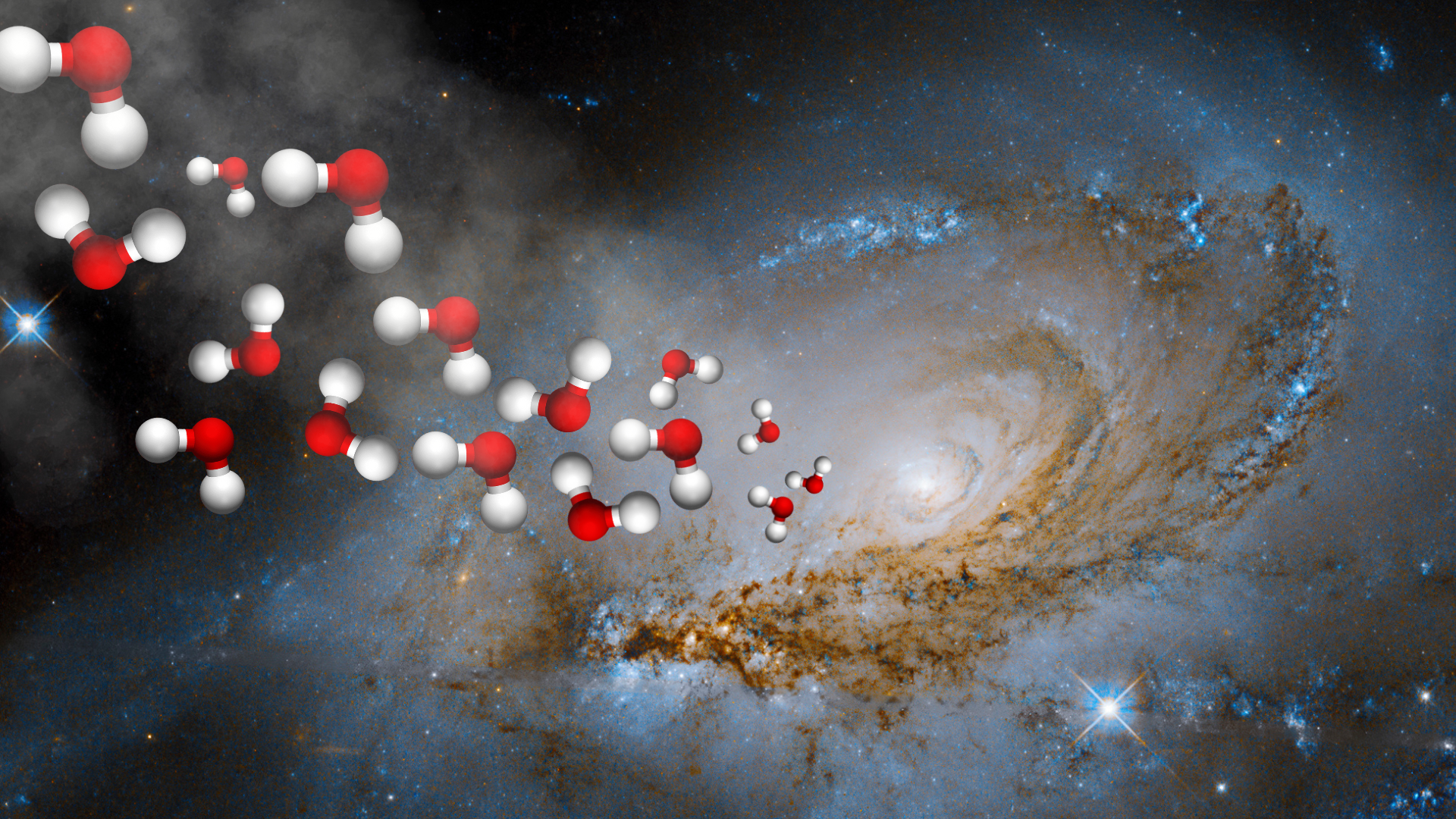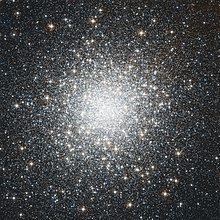Get the latest Science News and Discoveries
Star clusters observed within a galaxy in the early Universe for the first time - EurekAlert
The history of how stars and galaxies came to be and evolved into the present day remains among the most challenging astrophysical questions to solve yet, but new research brings us closer to understanding it. In a new study by an international team led by Dr. Angela Adamo at Stockholm University, new insights about young galaxies during the Epoch of Reionization have been revealed. Observations with the James Webb Space Telescope (JWST) of the galaxy Cosmic Gems arc (SPT0615-JD) have confirmed that the light of the galaxy was emitted 460 million years after the big bang. What makes this galaxy unique is that it is magnified through an effect called gravitational lensing, which has not been observed in other galaxies formed during that age. The magnification of the Cosmic Gems arc has allowed the team to study the smaller structures inside an infant galaxy for the first time. The authors found that the Cosmic Gems arc harbors five young massive star clusters in which stars are formed. “The surprise and astonishment was incredible when we opened the JWST images for the first time” says Adamo.
None
Or read this on Eureka Alert
